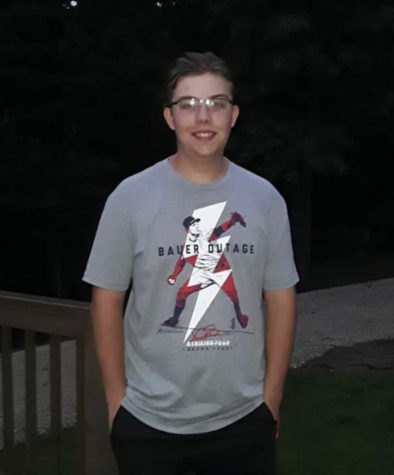Rushing Players to the MLB: Good or Disastrous?
An Op/Ed
September 16, 2019
Baseball is all about evaluating and processing talent, to keep teams good for years to come, but when you are progressing along top prospects, are there times where prospects are called up too soon?
There are many cases of prospects that were rushed along, and that don’t pan out. A prime example is current Reds pitcher Brandon Finnegan. Finnegan was a first round draft pick of the Royals in 2014, and became the first pitcher ever to pitch in both the college and MLB World Series in the same year, instead of getting seasoning in the minor leagues. So, where is Finnegan now? He’s pitching in the minor league system of the Reds, after 4 seasons with the Reds, and putting up an adjusted ERA of 5.19. To add insult to injury, Finnegan is struggling in the AA, and he’s facing batters that have an average age of two years younger than him.
Another example of this is Orioles minor leaguer Austin Hays. Hays was a 3rd round pick is 2016, and made his major league debut in the summer of 2017, after he batted .329 in the lower level of the minors. Skipping AAA, Hays was immediately overmatched in the MLB, batting only .217 over his time. Not only that, since that season, Hays hasn’t put up a batting average over .250, and his power is down, hitting 32 homers in 2017, and 29 combined from 2018 and 2019.
The issue with this is that the players development is getting stunted. Instead of playing out the AAA level, or whichever they skip, and mastering their craft there before working up to the majors, they are rushed into the role. They are thrusted into something they aren’t necessarily ready for, and a lot of the time, lose playing time, meaning they aren’t even playing enough to keep development.
To counter, however, there are a few cases of players skipping multiple minor league levels and panning out. Red Sox ace Chris Sale pitched 10 innings in AAA before making his MLB debut the same season he was drafted, back in 2010. Since then, Sale has been a seven time all star, and has received Cy Young Award votes seven times. He’s also put up a 45.1 WAR over that time, and being so that he’s only 30, he’s on a path to having a Hall of Fame case.
Nationals star outfielder Juan Soto is another example. Soto hasn’t stepped foot at a AAA stadium, and only played eight career games in AA. Soto was called up to the big leagues as a 19 year old, and while that seems like a recipe for disaster, he’s been one of the best players in the league since that time. He’s put up a 7.9 combined WAR total, also hitting 55 home runs and batting .297 over the roughly season and a half he’s been in the league. Not to mention, he’s still only 20 years old.
While there is a case that rushing a players development is bad, there’s a case that it can be a good thing as well. Overall, it depends on the player himself, which then lays into the organizations hands to decide when they are ready. That means that the organization could turn a generational talent type of player to a fringe major leaguer with one seemingly small decision.



